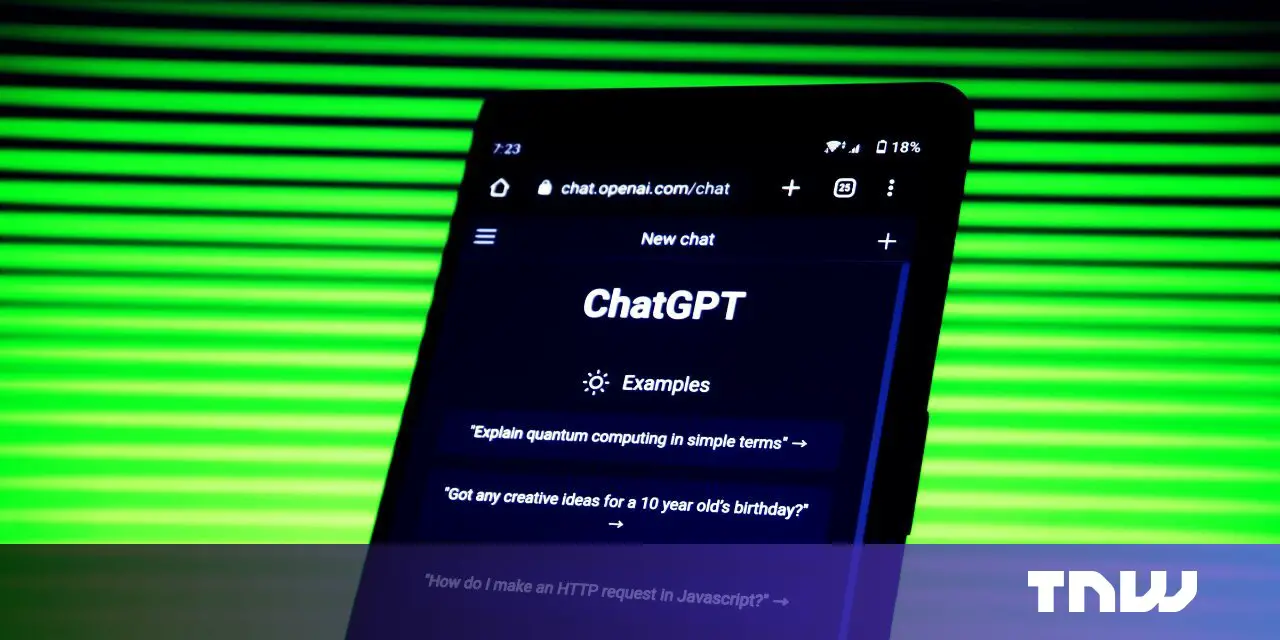The government takeover and subsequent acquisition of Washington Mutual in 2008 could serve as a potential blueprint for the future of Silicon Valley Bank.
The economic forces behind the two biggest bank U.S. failures were different, but at this point, the best outcome for Silicon Valley Bank could be the same: a purchase by another bank and the protection of depositors.
“I think it’s always better to have an ultimate buyer for a failed bank to restore confidence among customers, and the system in general,” said Kirsten Grind, author of The Lost Bank, a book about Washington Mutual. “But it’s unclear what will happen in this case.”
The collapse of SVB this week, which has huge implications for the tech industry, ranks second only to the failure of Seattle-based Washington Mutual back in 2008, during the global financial crisis.
Both companies were placed into receivership by the Federal Deposit Insurance Corporation. The regulator sold most of Washington Mutual’s banking assets to JPMorgan Chase for $1.9 billion, protecting Washington Mutual’s depositors.
That same scenario could play out this weekend as the FDIC tries to find a buyer for SVB — and help thousands of tech companies access cash to pay bills and their workers. JPMorgan is also considered one of the leading candidates for a potential acquisition of Silicon Valley Bank.
“Finding a single buyer would make the sale happen quickly, which would reduce the chance of panic and contagion, so I’m sure this is what the FDIC is trying to do now,” wrote economics expert Noah Smith.
Washington Mutual, the Seattle-based savings and loan association, was shut down amid the subprime mortgage crisis in 2008.
“I think everyone who lived through Washington Mutual’s failure was sort of reliving it again today after the FDIC took over Silicon Valley Bank,” said Grind, a former reporter for the Puget Sound Business Journal in Seattle who is now with the Wall Street Journal.
Washington Mutual’s demise was followed by a “systemwide failure,” as more than 500 federally insured banks collapsed in the following seven years, The New York Times reported Friday.
Whether SVB is the beginning of a similar contagion remains to be seen.

Some analysts describe the pressures facing SVB as “highly idiosyncratic.” The bank had a unique focus on tech companies and venture capital firms.
Against a backdrop of rising interest rates and scarce investment capital, Silicon Valley Bank’s shares plummeted after the firm said it would book a $1.8 billion loss related to securities sales. That, in turn, sparked a run on the bank.
“With WaMu, it was of course all about bad mortgages and the housing downturn — neither of those are factors here,” said Grind.
William Canestaro, managing director of Washington Research Foundation/WRF Capital, said that “a crisis of confidence isn’t necessarily a crisis of fundamentals.”
“Every indication seems to suggest that SVB’s assets exceed their liabilities,” he said. “Right now, my concern is more around when money will be available as opposed to if deposits at SVB are lost.”
Former Treasury Secretary Lawrence Summers told Bloomberg that as long as depositors are paid back in full, there is no systemic risk.
But Robert Burgess, executive editor of Bloomberg Opinion, wrote that SVB’s failure could be “the first sign that a recession has arrived.”
“In that sense, it’s no wonder this bank has everyone spooked,” Burgess wrote.
Grind pointed out another difference between SVB and Washington Mutual: the speed of the collapse. There were two months between the first bank run at Washington Mutual and its takeover by JPMorgan Chase.
The bank run at SVB began just this week. Its customers tried to withdraw $42 billion on Thursday alone, leaving it with a negative cash balance of $958 million, according to a filing Friday by California financial regulators. That deficit is what prompted those regulators to step in, putting Silicon Valley Bank in the hands of the FDIC.
Tell us your story
Founders, investors, and others impacted by the SVB collapse can contact our reporters at tips@geekwire.com.
The FDIC said on Friday that insured depositors will have full access to their deposits no later than March 13, and SVB’s branches will reopen on Monday. It will pay uninsured depositors an advance dividend within the next week. The FDIC insures accounts up to $250,000, but most of SVB’s deposits are above that limit.
Tech startups and investors should learn more about their cash soon. The stakes are extraordinarily high.
Silicon Valley Bank’s failure “could wipe out a whole generation of startups,” Garry Tan, CEO of famed startup accelerator Y Combinator, said on Twitter. “If there is not more action, this will become a contagion that spreads to other startups and other banks. Depositors must be made whole.”










Leave a Reply